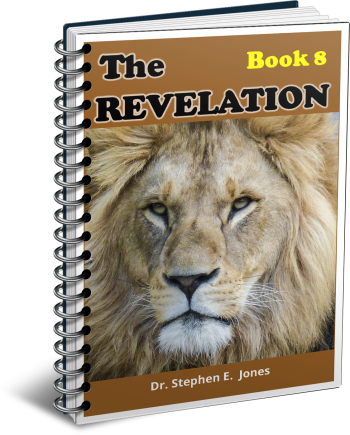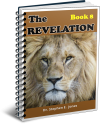Latest Posts
View the latest posts in an easy-to-read list format, with filtering options.

A study of Revelation 20-22. This is book 8 of an 8 part book series.
Category - Bible Commentaries

The first part of Rev. 20:4 says,
4 And I saw thrones, and they sat upon them, and judgment was given to them….
The ones seated upon these “thrones” are the overcomers. These are the “saints” that Dan. 7:27 describes, as they are given dominion over the earth. Their “thrones” are also mentioned in Dan. 7:9, “I kept looking until thrones were set up.” Their thrones are distinct from the throne of the Ancient of Days, but yet it shows that God has delegated authority to His saints.
In other words, God rules the earth indirectly, while giving the overcomers direct rule in order to fulfill His original intent from Gen. 1:26, “Let Us make man in Our image, according to Our likeness; and let THEM rule…”
After a long period of “seven times” in which the dominion had been given to the governments of “beasts,” the time has come at last for the authority to be transferred to the saints of the Most High God. Hence, Revelation 20 correlates with the 20th letter of the Hebrew alphabet, resh, which means “head,” in this case denoting headship and government.
Revelation 20:4 continues,
4 … And I saw the souls of those who had been beheaded because of the testimony of Jesus and because of the word of God, and those who had not worshiped the beast or his image, and had not received the mark upon their forehead and upon their hand; and they came to life and reigned with Christ for a thousand years.
This statement primarily is designed to tell us that not all Christians will rule in the Age to come. The thrones are not given to those who have the mark of lawlessness upon their forehead and upon their hands. If they worship the beast or his image through the love of money, they are not qualified for the throne. They do not literally have to be “beheaded” to qualify as an overcomer, for then even Jesus Himself would be disqualified. They do need to put the old man to death and replace their carnal, Adamic mind and head with the headship of Jesus Christ.
Revelation 20:4-6 says,
4 … and they came to life and reigned with Christ for a thousand years. 5 The rest of the dead did not come to life until the thousand years were completed. This is the first resurrection. 6 Blessed and holy is the one who has a part in the first resurrection; over these the second death has no power, but they will be priests of God and of Christ and will reign with Him for a thousand years.
It is clear from verse 5 above that this is a limited resurrection and that only believers are raised at this time. “The rest of the dead” are not raised at this time, but must await the general resurrection after the thousand years are completed (Rev. 20:11, 12). When John calls this “the first resurrection,” he implies that there is another resurrection coming later.
The Greek view of Scripture treats this first resurrection allegorically and personally, claiming that it is a reference to one’s justification. They say that when a man comes to Christ and is baptized, he passes from death to life. This spiritual process, they say, is the first resurrection, and he then ascends to be seated with Christ in heavenly places.
I do not doubt that this is what happens to individuals, one at a time, as they become part of the body of Christ. But John was not referring to individuals coming to Christ. He was looking prophetically at the resurrection of the many-membered body, which included the martyrs throughout history.
While individual believers certainly enjoy a measure of spiritual authority during their ministries on earth, they (like Daniel himself) have been subject to the kings of the beast nations. The saints in history have been limited in their earthly authority by the divine judgment upon Jerusalem and upon the kings of Judah who were stripped of the Dominion Mandate (Jer. 27:6, 11). It is not until those beast systems reach the end of their divine mandate that the saints (as a body of people) are given full jurisdiction over the earth.